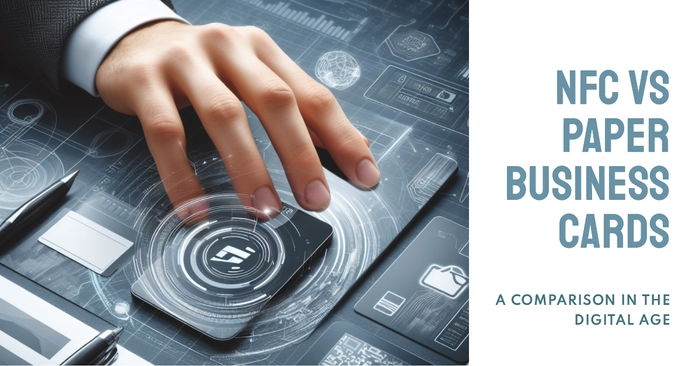In the digital age, where networking and first impressions are crucial, the debate between NFC business cards and traditional paper cards is gaining traction. In this comprehensive comparison, we delve into the realms of NFC (Near Field Communication) business cards and traditional paper-based cards to assess their effectiveness, impact, and relevance in modern business interactions.
Understanding NFC Business Cards
NFC business cards leverage Near Field Communication technology, allowing seamless data exchange between devices by simply tapping or bringing them into close
Personal Touch and Memorability
The tactile nature of paper business cards provides a personal touch, facilitating memorable networking experiences.
Accessibility and Universality
Paper cards transcend technological barriers, ensuring accessibility for everyone, regardless of their familiarity with digital devices.
Comparing Effectiveness: NFC vs. Traditional Paper
Usability and User Experience
NFC cards streamline data sharing, enhancing user experience, while paper cards rely on physical exchanges, potentially limiting usability in tech-driven environments.
Impact on First Impressions
Both NFC and paper cards influence first impressions, with NFC cards often perceived as innovative and paper cards conveying a classic touch.
Conclusion
The NFC business cards vs. traditional paper debate underscores the evolving dynamics of networking. While NFC technology offers innovation and sustainability, traditional paper cards uphold a timeless charm and personal connection. Understanding the nuances of each medium empowers individuals to make informed choices that align with their networking goals.
FAQs
1. Are NFC business cards compatible with all devices?
2. Can NFC business cards be reused for multiple contacts?
3. How durable are traditional paper business cards?
4. Do NFC business cards require an internet connection for sharing data?
5. Are there any privacy concerns with NFC technology?


